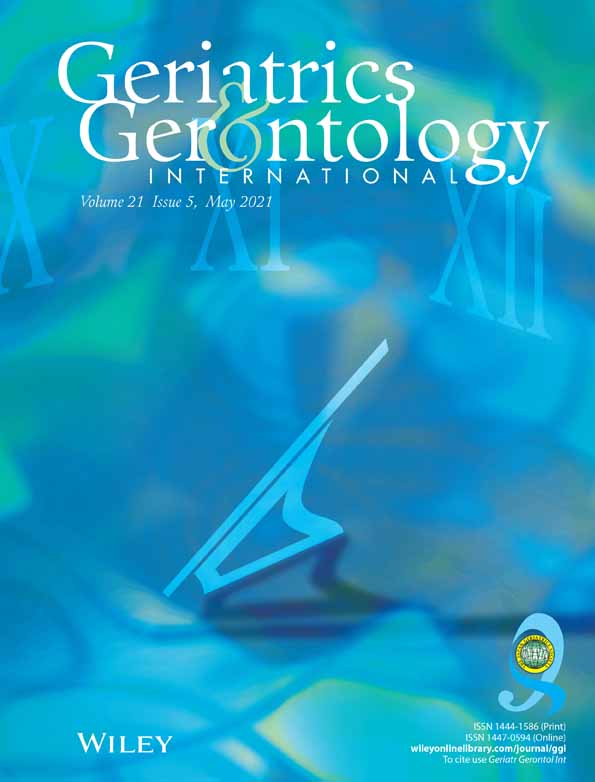Impact of motor subtype on non-motor symptoms and fall-related features in patients with early Parkinson's disease
Abstract
Aim
Clinical implications for motor phenotypes of Parkinson's disease (PD) remain to be further elucidated, particularly at the early stages of the disease. We aimed to compare the non-motor and fall-related features between tremor-dominant (TD) and postural instability-gait difficulty (PIGD) subtypes in patients with early PD.
Methods
PD was categorized into TD, intermediate and PIGD types, according to the literature. Not only motor symptoms, but also non-motor symptoms for global cognition, depression, anxiety, fatigue and dysautonomia, were measured in detail. In addition, fall-related features, including a previous history of falls, fear of fall measurement and gait freezing were assessed.
Results
In patients with early PD (disease duration no more than 5 years), 35 patients with TD-type PD and 31 patients with PIGD-type PD were finally evaluated for the study. Compared with the TD group, the PIGD group showed higher fatigue, gastrointestinal dysfunction and fall-related parameter scores. Moreover, the PIGD scores were significantly correlated with all of those symptoms.
Conclusions
Our findings suggest that PIGD is significantly linked to fatigue, gastrointestinal dysfunction and fall-related features during the early stages of PD. Geriatr Gerontol Int 2021; 21: 416–420.




